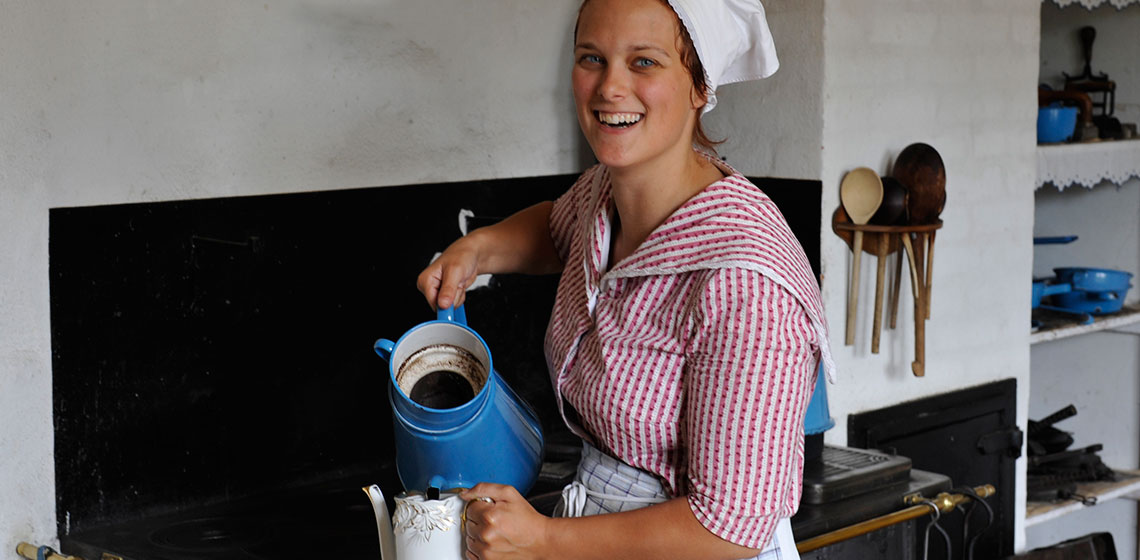Newer Era
Historical Techniques: Cold Gilding
***An historal technique of goldplating, described in 18th century literature, was reproduced. This cold-plating technique uses salts of gold, produced by dissolving gold in aqua regia. these salts are then rubbed onto a silver surfaces...
IRM - International Reenactment Market
The international reenactment fair IRM is the first cross-epoch trade fair for living history, reenactment, archaeotechnology and experimental archeology in Germany.
Did people know they were people or did they still think they were monkeys (NL)?
Many peoples modestly called and still call themselves ‘people’, like the Ainu in Japan or the Inuit of the Polar Circle as do many others. Prehistoric groups of people like the Neanderthal may have had the same habit...
People back then were not that stupid after all … (CH)
No, why should they! The modern human (Homo sapiens sapiens) is around for about 37,000 years. Ever since, people have the same appearance and the same development of the brain as we do...
How many people stayed on a Crannog (UK)?
Crannogs varied in size but it would probably be an extended family of parents, grand parents and children, aunts uncles, cousins, etc. Crannogs were used from 5,000 years ago to as recently as 250 years ago, so the number of people staying there would have changed as the function of crannogs changed.
What temperature is a fire (NL)?
The heat of a fire depends on the type of fuel and the quantity of added oxygen. A simple wood fire can reach about 700 - 800 ° C.
What did they eat at the Crannogs in Scotland (UK)?
We have found traces of spelt and emmer wheat on site and barley. Also, a wide range of nuts and berries, including cloud-berry, raspberry, strawberry, brambles, sloes and wild cherries. Hazelnuts are in great abundance. Wild carrots, wild cabbages, wild garlic and thyme, and meat from domestic animals such as sheep and cow. Butter and cheese were found, but So far no fish bones have been found, but we have net weights.
Did they keep animals on the Crannogs in Scotland (UK)?
Yes. We have found the remains of animal droppings and dung on the Crannog at the 2,600 year old excavation site from sheep, goats, pig and cow.
Did people use the calendar as we know of already in the Middle Ages (NL)?
The Romans had a calendar which consisted of 10 months, starting on March 1st and ending with December. In between was an unnamed winter period. The priests’ task was to determine the start of every new year...



